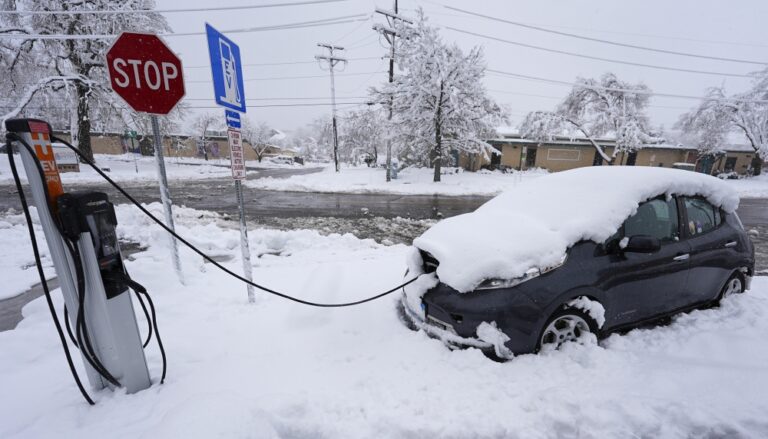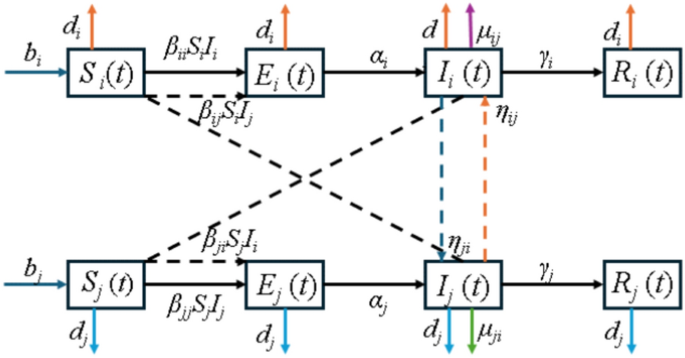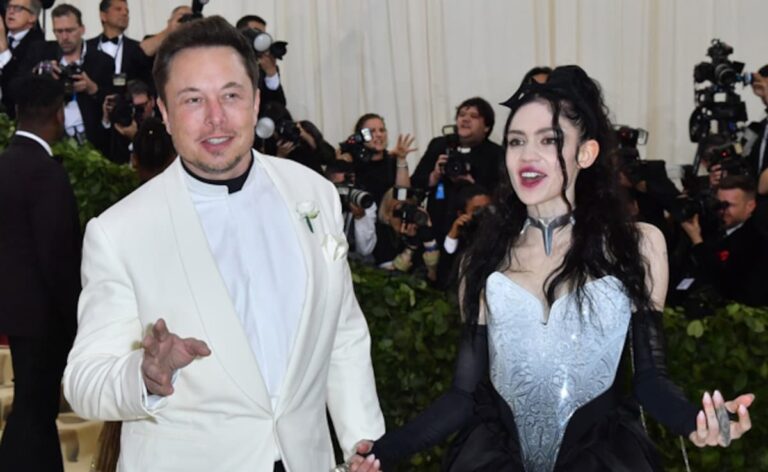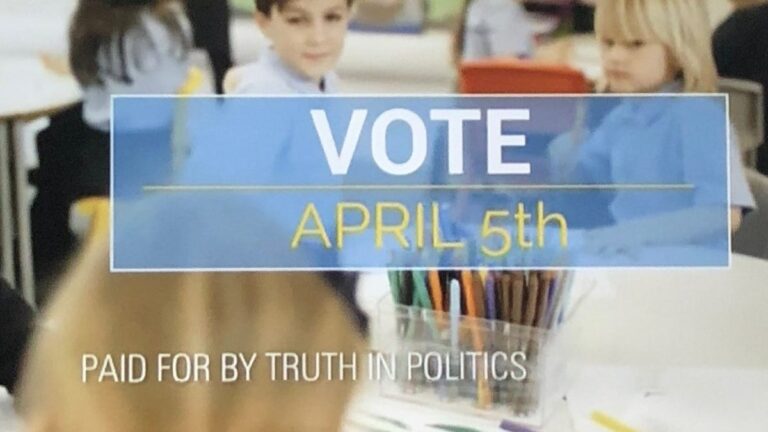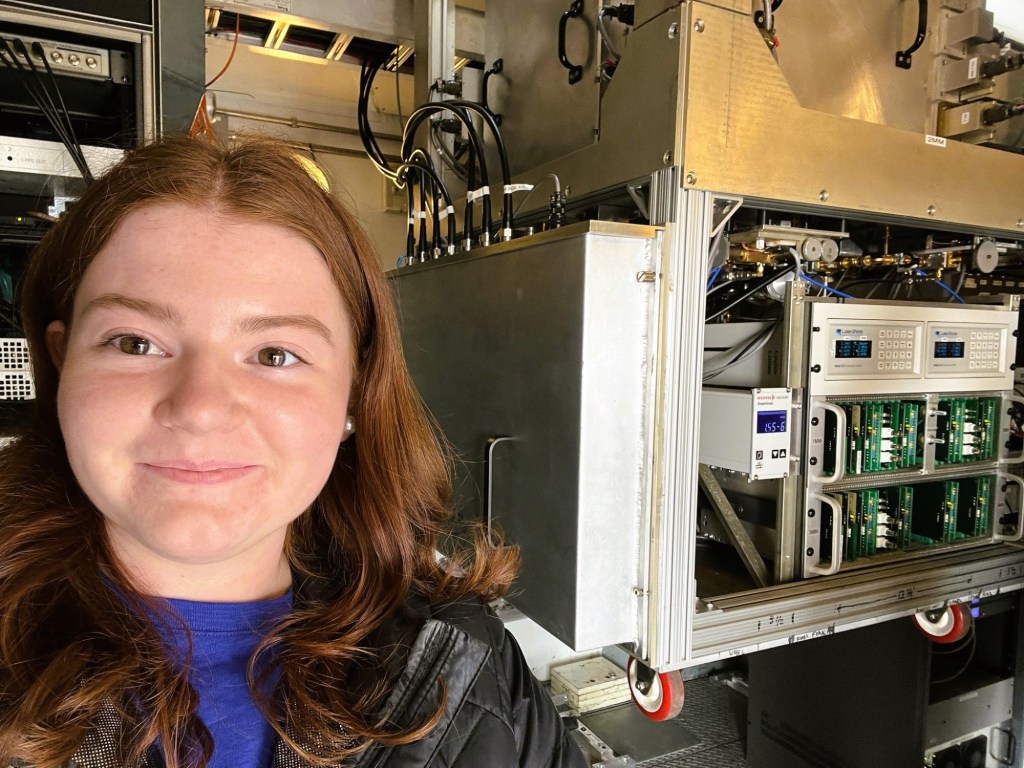
“Love is space and time measured by the heart.” – Marcel Proust (1871-1922)
Five years old and three feet tall, the wide-eyed girl was fascinated by the apparatus in front of her. A kindly, older gentleman guided her up the ladder to the eyepiece for her first tightly focused peek at the stars.
On a fall night in Fleetville, two strangers shared a gift of time and space.
Now 20 and a junior studying astrophysics at Arizona State University, Emily Kelly doesn’t remember much about the few minutes she spent stargazing with Thomas G. Cupillari at the Keystone College Observatory that now bears his name.
Her dad cherishes the memory.

“I remember standing there and I could see the light, from Jupiter, actually, and it was bright enough on the eyepiece that it lit up her eyeball,” Alex Kelly said as the three of us chatted by phone on Friday.
“You could just see her light up, literally and figuratively, and since then she’s been obsessed.”
As parents, Alex and Melissa Kelly were determined to instill a love of learning in their daughters from an early age. Emily graduated with honors from Carbondale Area High School in 2022 and earned a full scholarship to the W.A. Franke Honors College at the University of Arizona. Her sister, Molly, 18, is a freshman in pre-med at the school.
The University of Arizona’s Astrophysics program is widely recognized as one of the best in the world. Emily plans to earn a Ph.D., and explore a career as a researcher and educator. She routinely works with the most sophisticated scientific instruments on the planet and in deep space. A major focus of her studies is the Taurus Moleccular Cloud, a “star nursery” about 450 light years from Earth. Stars are born there.
Despite the groundbreaking science she’s working on, Emily is humble and soft-spoken. It must be tough to discuss concepts like “quantum mechanics” with laypeople, especially at a time when many struggle to tell ancient constellations from “cutting-edge” Alien/Russian/Chinese/CIA “superdrones” circling New Jersey.
Alex said he reads up between calls with Emily so he can carry his end of the conversation. I get it. I asked Emily to share the “wildest” thing she’s learned about the nature of the universe.
“That you can study a molecule in space using a radio frequency,” she said. “Basically, when the electron gets excited or de-excited, it emits a photon at a certain frequency and every molecule has a very distinct frequency.
“So if you want to look at ‘h2,’ you would tune the radio telescope to a certain frequency and you would only see ‘h2.’”
And what in the name of Carl Sagan is “h2?” It’s an elemental molecule consisting of two hydrogens joined by a single bond. Duh!
Without the context generated by years of study and experimentation, I can’t comprehend many concepts Emily investigates daily. I don’t need a telescope to see that she’s destined to be a star in the firmament of celestial science for decades to come.
The context of Keystone’s struggle to stay open sparked my introduction to the Carbondale Kellys (no relation). Alex reached out after reading a column about the challenges to my beloved alma mater’s survival and offered Emily’s story as an example of the college’s wide-ranging impact.
“A few minutes of kindness on a fall night changed her life,” he wrote in an email. “The reason I’m telling you this is that I feel strongly that the positive impact of Keystone extends far beyond its students, faculty and alumni. We are all better off because of Keystone’s presence in our community. I am so grateful for that night over a decade ago. I hope Keystone is here for a long time to come.”
Emily was never enrolled at Keystone, but a few moments with one of its all-time best professors helped point her to the stars. “Coop,” as Cupillari was widely recognized, taught physics, math and astronomy at Keystone for an astonishing four decades. He was a stellar science teacher, but his greatest gift was the time and space he gave to young souls seeking their places in the universe.
Coop would love this story as much as I do. He died in 2021, but his light lives on in the story of a five-year-old girl under three feet tall who on a fall night in Fleetville gazed into a telescope and saw her future. She barely remembers it now. Coop would love that, too.
As the Christmas clock winds down and last-minute shoppers scurry to purchase shiny tokens meant to signify affection, I’m thankful for a reminder that love truly is space and time measured by the heart. You can’t buy time, which makes it the most priceless gift of all.
Every life is a tightly wrapped box of space and time. Coop gave some of his to Emily. Her dad gave the story to me, and I’m blessed to share it with you. May it be a shiny bow on your holiday.
Merry Christmas.
CHRIS KELLY, the Times-Tribune columnist, wishes you and yours a joyous, safe holiday season. See you next year. Contact the writer: ckelly@scrantontimes.com; @cjkink on X; Chris Kelly. The Times-Tribune on Facebook.
Originally Published:


